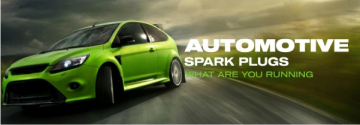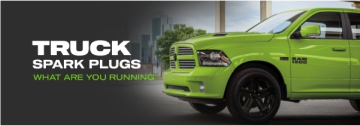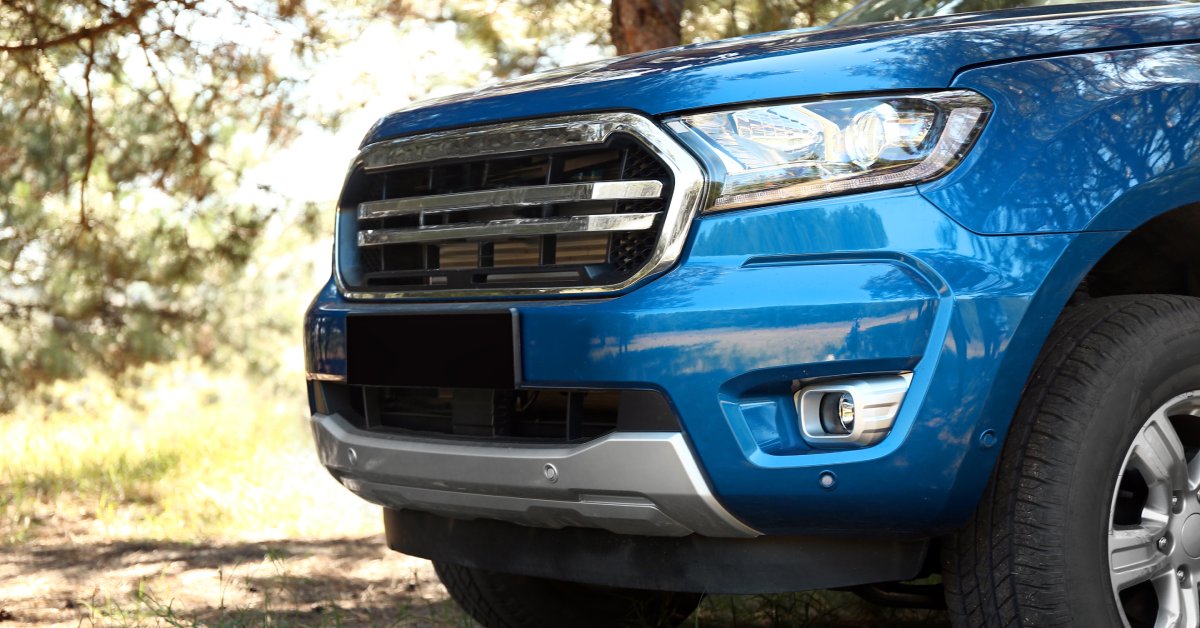Mercedes-Benz goes futuristic with Google Glass integration.
The era of the Heads-Up Display (HUD) is upon us. That is, the display of information directly in front of the driver – on the car’s windshield. A number of cars already have this function and it is due to become a far more important feature in the very near future. Mercedes-Benz North America is pushing hard to develop a working relationship with Google, to incorporate the concept of Google Glass into its cars’ information and entertainment features.
Google Glass is the trade name for Google’s wearable projection eyeglass technology currently under the later stages of development. The glasses give the wearer the ability to view read-outs of information projected onto the eyeglass lenses so that the image is transparent enough to see through, affording full visibility of the information as well as the real world beyond.
That’s tricky enough, but when you incorporate this technology into the driving of your car, it becomes the stuff of science fiction from only a few years ago. It is tomorrow’s reality, today. Well, almost.
Google Glass is just one of the possibilities being explored by Mercedes as an example of what the automaker is calling “car-to-X” technology. It involves the integration of technologically advanced devices into what is now becoming known as the vehicle/driver relationship. By virtue of these devices our cars are becoming “smart” in ways that have been considered the realm of science fiction until now.
Drivers are now going to be far more “connected” to their cars. And the cars will actually be doing some of the “thinking” for us as we drive. Mercedes-Benz’ research and development program, Car-to-X, refers to communication technology exploration of your car’s relationship to “X,” or in other words, to everything else. The focus of the Google Glass component of this exploration is a hoped-for seamless connection of the person to the total experience of the transportation between point A and point B.
The objective is to create a door-to-door experience, where the pedestrian puts on his Google Glass-related device, walks to the vehicle (under the guidance of the software involved), then enters the vehicle, which then seamlessly interprets the information, formulates a GPS route to the intended destination, and then directs (through the “glasses”) the driver’s actions, all the way to the entrance of the structure at the destination. The idea is a seamless navigation system that guides you from well before you enter the vehicle, to well after you get out of it. Science fiction can now take its position in the back seat, ’cause we’ve just moved past it to the future already.
Meanwhile, for the time that you actually are in your car, the information read-outs–either displayed on your windshield or on your glasses–will include things like the condition of your car’s components and the augmented reality of being able to see dangers before they would otherwise be within your normal visibility. No, it’s not super-powers, as in x-ray vision, but it’s pretty close.
Soon you will be able to read the condition of your car’s components, being informed of when it is time to change your E3 sparkplugs, belts, hoses, and vehicle fluids. All of this might be projected onto your eyeglass lenses. Or it may be a projection onto your windshield. It will probably replace both your dashboard instrumentation and you rear-view mirror. Very soon now, driving without these new enhanced functions will feel like driving a collector car from the 1920s. And your grandkids will someday laugh at you when you talk about looking in something called the rear-view mirror.
Are you ready for the Google Glass experience in your car? Is it truly the wave of the future or a short-lived experiment? Post your thoughts on the E3 Spark Plugs Facebook Fan Page.







